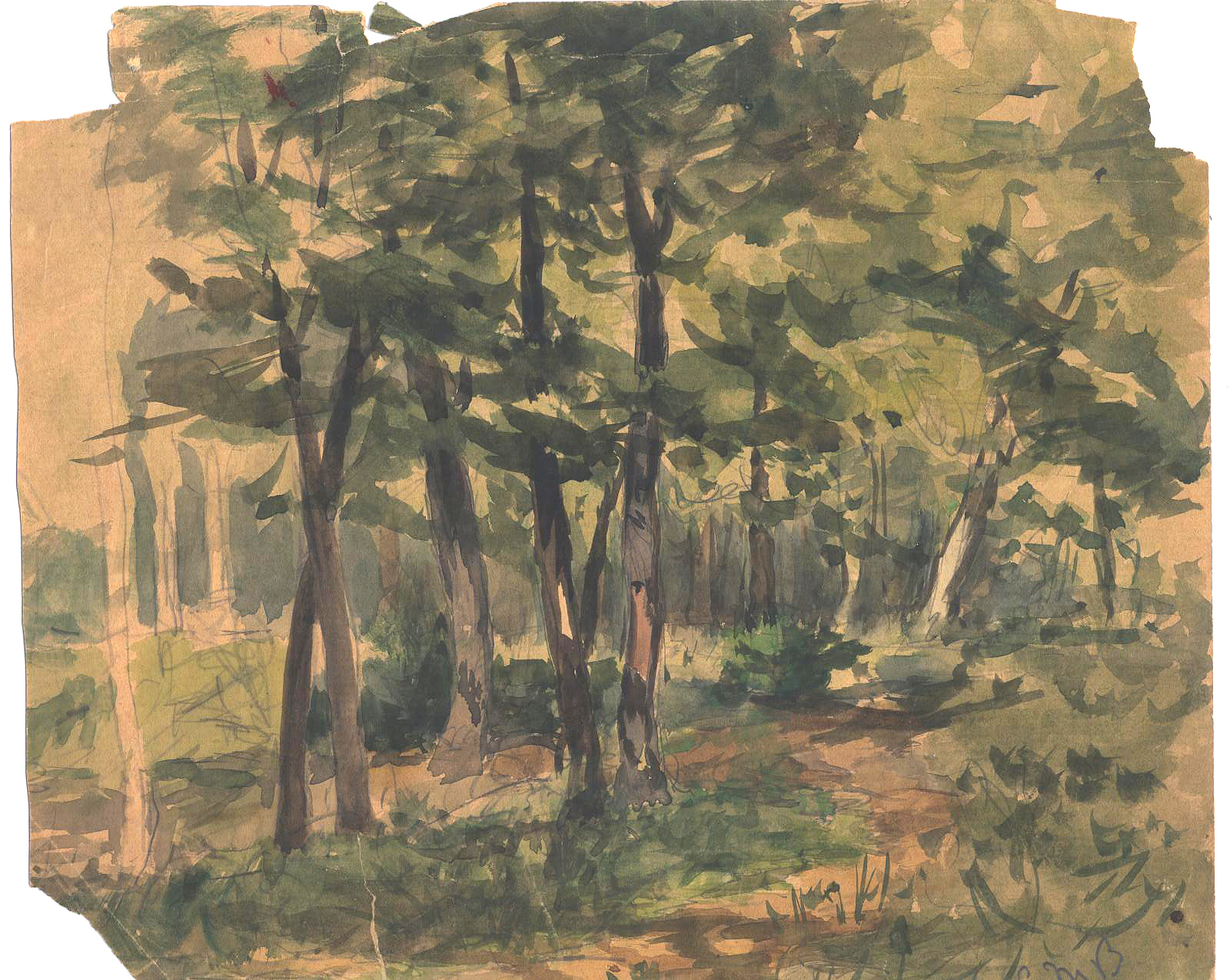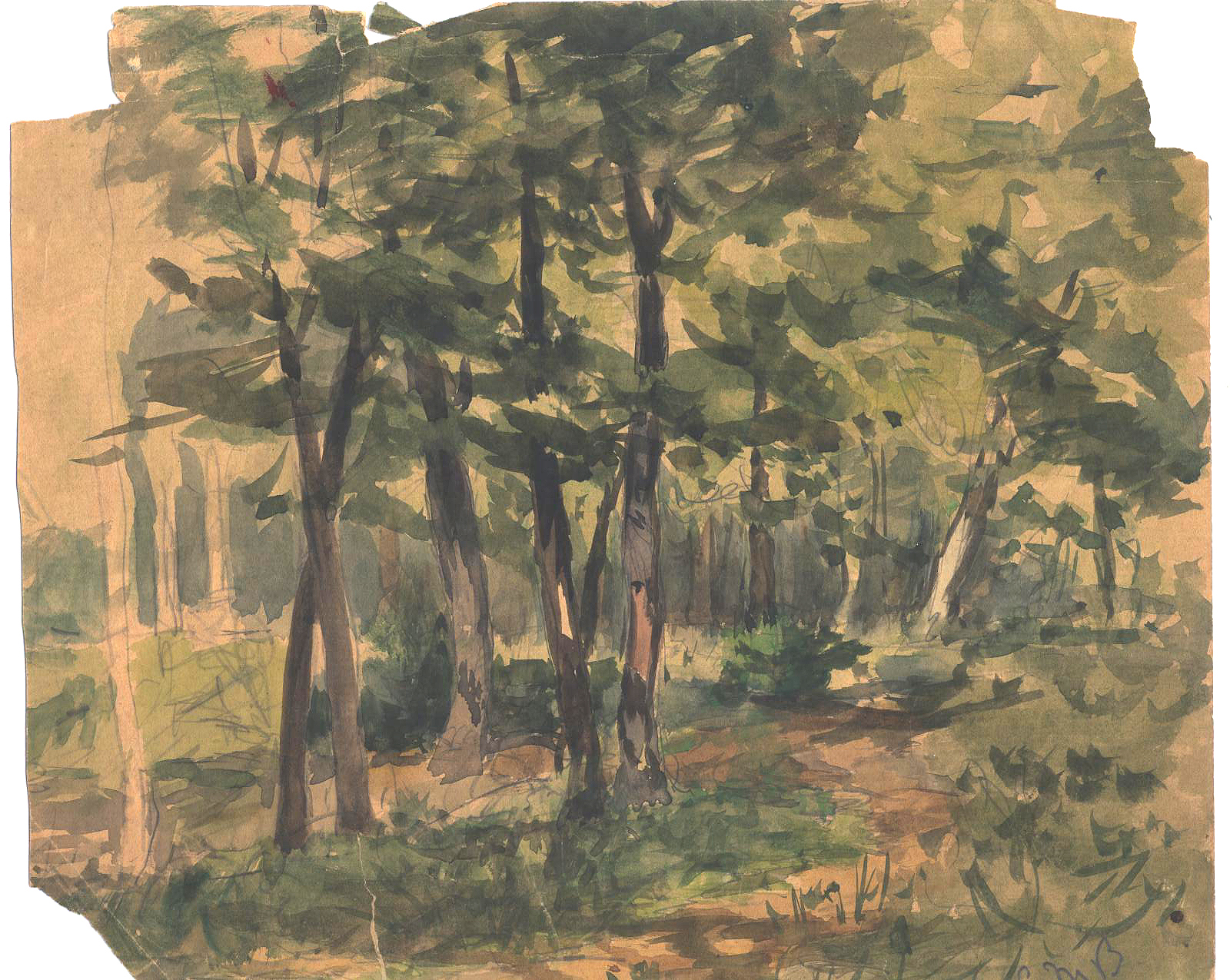[ad_1]

Edward Mitchell Bannister, watercolor study from scrapbook, ca. 1890
COURTESY ARCHIVES OF AMERICAN ART, SMITHSONIAN INSTITUTION
The Smithsonian Institution’s Archives of American Art in Washington, D.C. has received a $5 million gift from the Roy Lichtenstein Foundation. The funds will go toward the creation of an endowment for the processing and digitization of materials related to artists underrepresented in the AAA’s collections and the American canon.
Kate Haw, the director of the Archives of American Art, said in a statement, “This extraordinary gift reinforces our work to add to our existing collections on underrepresented artists and enables us to share an ever more inclusive story of American art globally. The Roy Lichtenstein Foundation’s wonderful generosity will lead to further research in under-recognized areas of our field, future exhibitions, and publications, connecting people everywhere with the stories of a wider range of artists.”
The gift, which is among the largest the AAA has ever received, brings the institution’s digitization endowment to $11 million. According to a release, the funding “ensures that women and people of color will represent a greater proportion of the Archives’ processing and digitization activity going forward.” This announcement comes on the heels of a promised gift of the Roy Lichtenstein Foundation records and papers to the Archives.
Among the materials that will become publicly accessible online through the new endowment are Edward Mitchell Bannister’s scrapbook, Charles White’s papers, and Tomás Ybarra-Frausto’s research on Chicanx art. The Archives will start processing and digitizing these materials in early 2019.
Dorothy Lichtenstein, president of the Roy Lichtenstein Foundation, added, “We applaud institutions like the Archives that open their virtual doors wide and invite the world in. Having this diversity of treasures available online will allow students, scholars, and art-lovers to explore and expand on the remarkable network of connections and associations across the vibrant arc of American art history.”
[ad_2]
Source link

